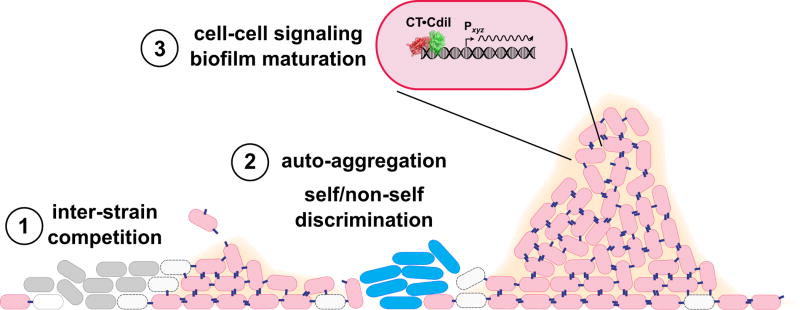Figure 4. Cellular interactions mediated by CDI.
CDI systems mediate antagonistic and cooperative interactions in polymicrobial communities. During initial surface colonization, CDI mediates competition between strains of the same species (1). CDI+ cells (pink) use CdiA effectors (blue filaments) to inhibit CDI− strains (gray cells) of the same species. Inhibited CDI− bacteria are depicted as empty cells with dashed envelopes. CdiA adhesin activity promote auto-aggregation and the development of single-species microcolonies (2). Interactions between CdiA and its receptor also contribute to self/nonself discrimination, because unrelated species usually lack the specific receptor required for CDI-dependent cell adhesion (2). Finally, CDI appears to mediate cell-cell signaling to promote pillar formation in mature biofilms (3). Signaling entails changes in biofilm gene expression, suggesting that neutralized CdiA-CT•CdiI complexes could influence transcription as depicted in the expanded CDI+ cell.

